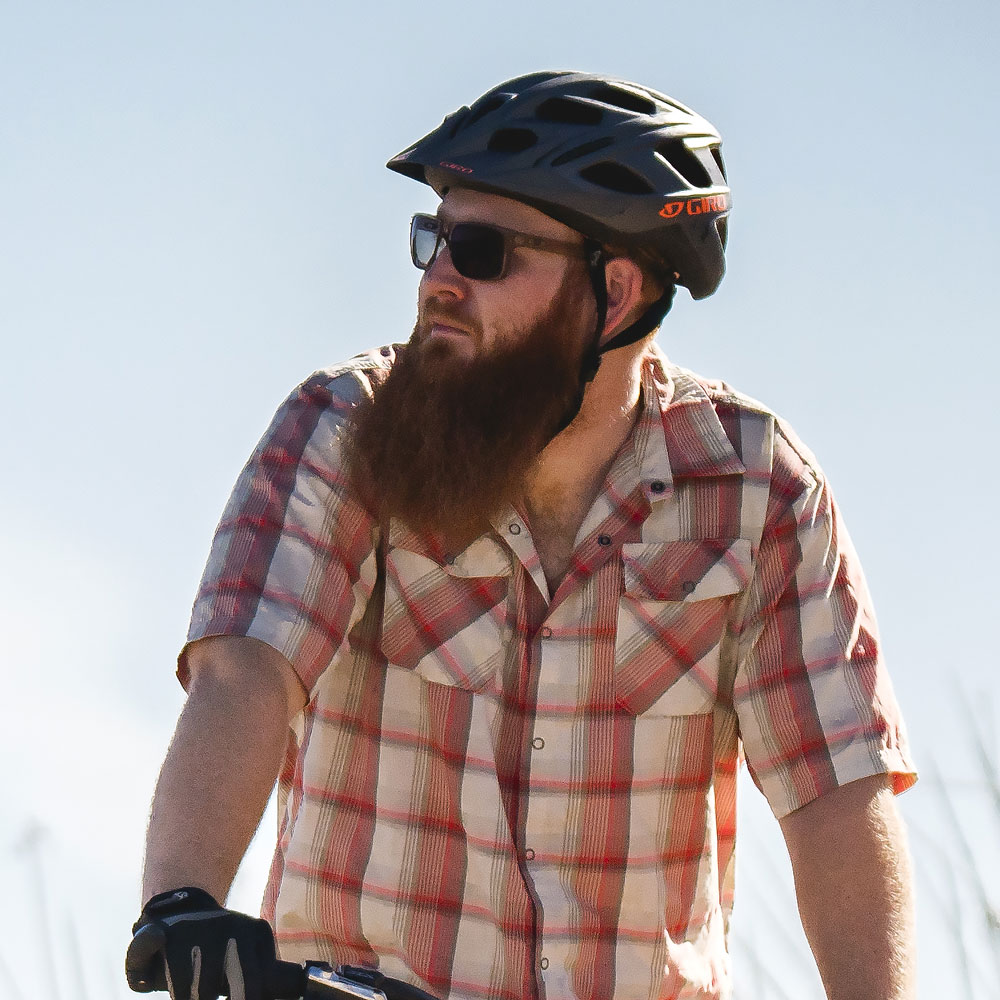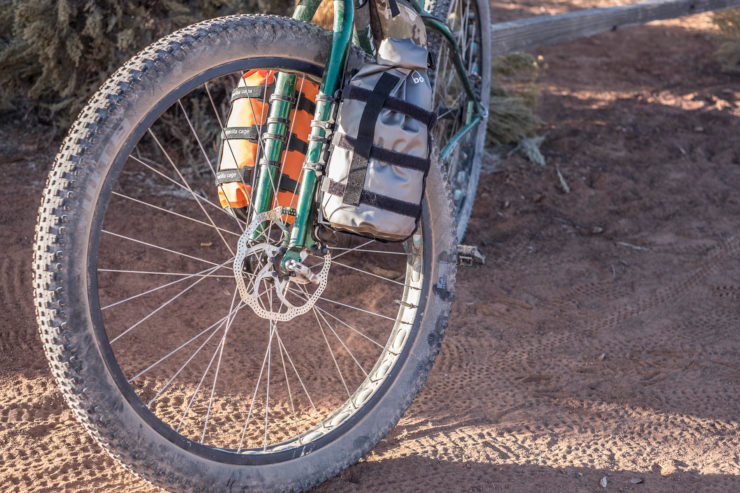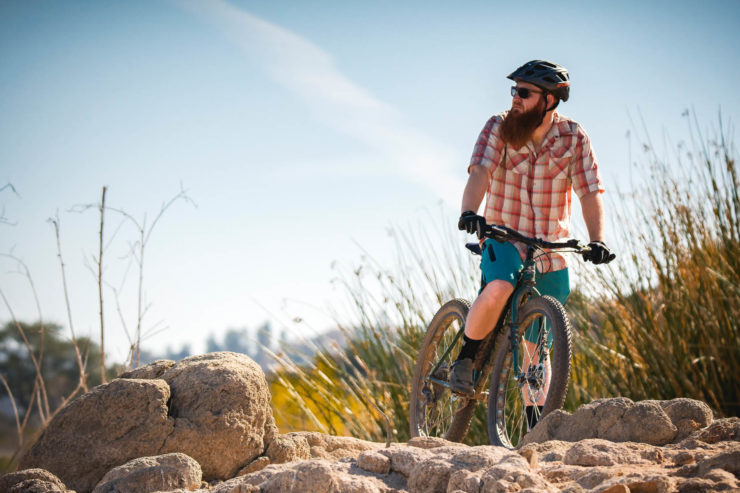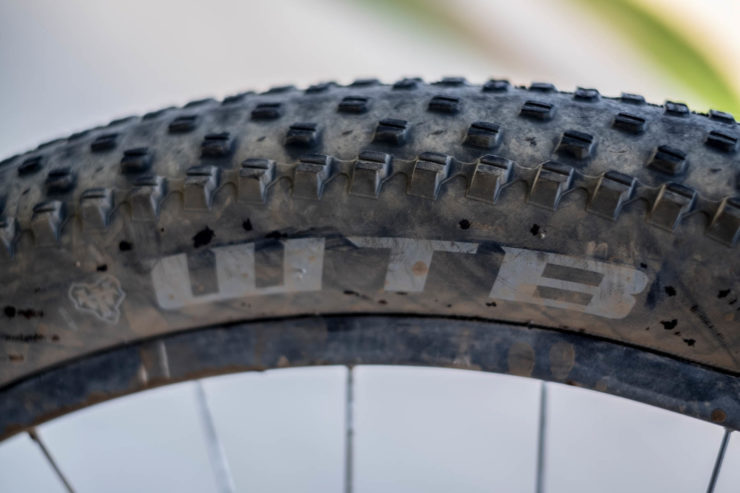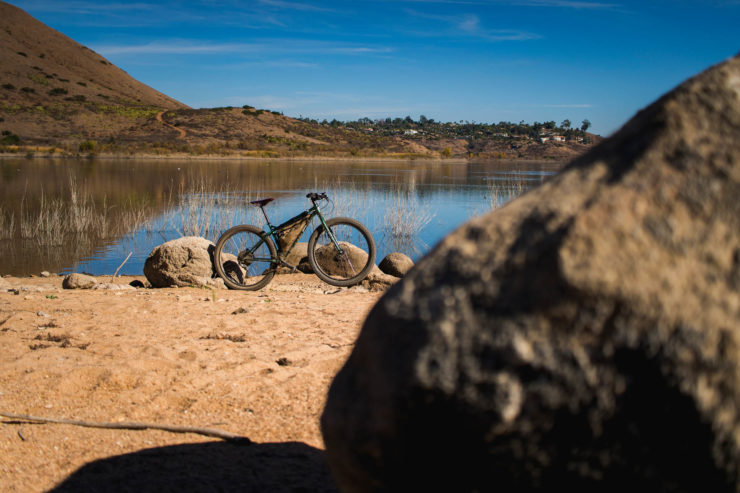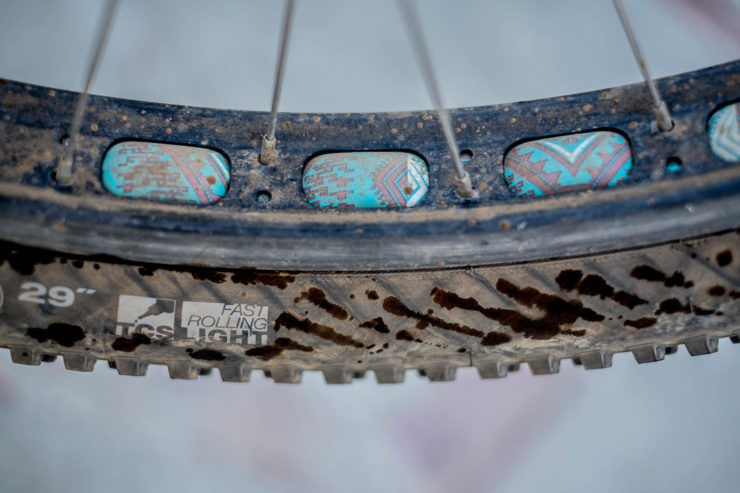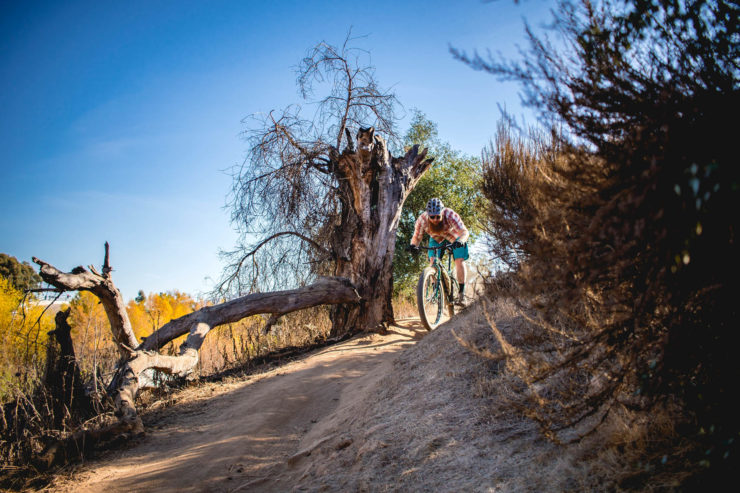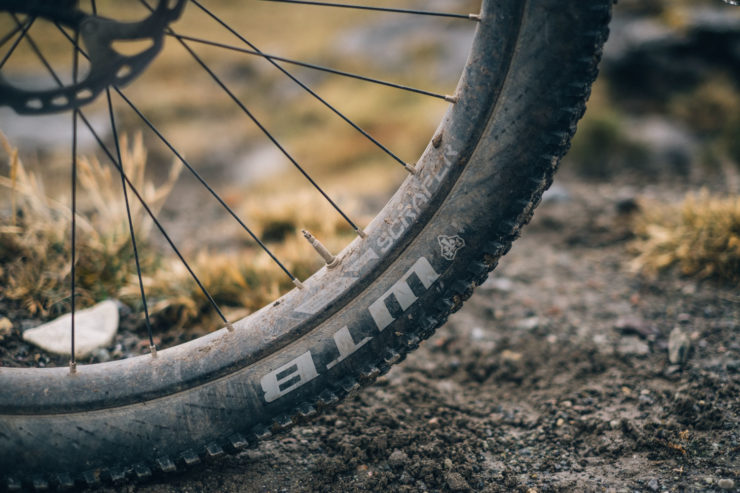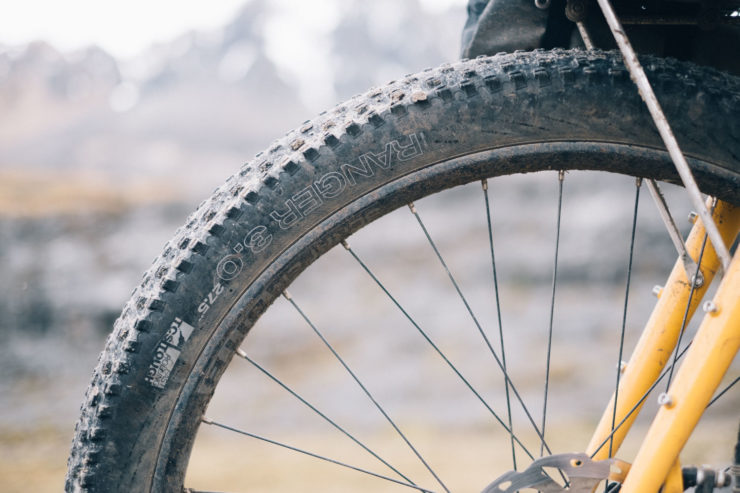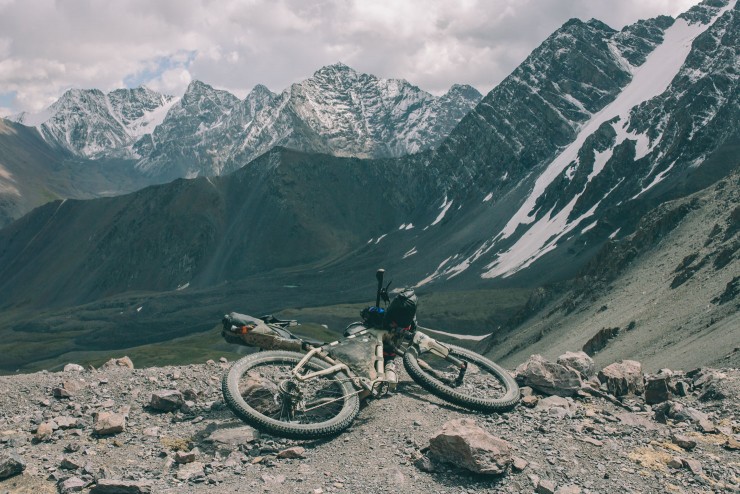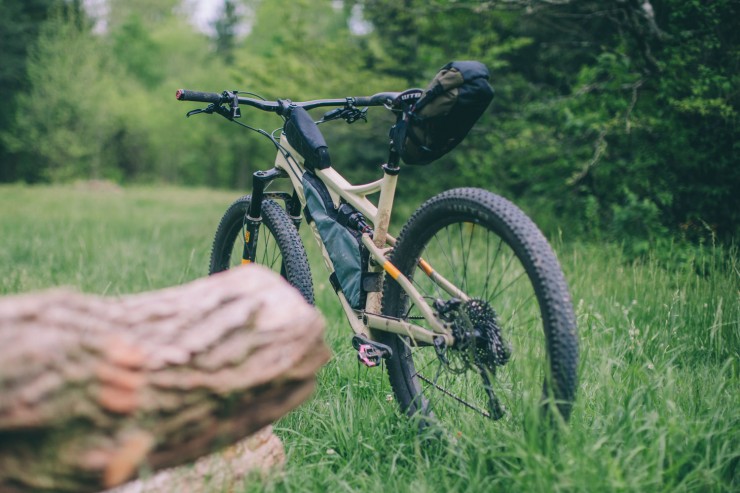WTB Ranger Review: 29+, 3.0, TCS Tough
The WTB Ranger TCS Tough/Fast 29×3.0” tire is designed to be a do-it-all plus-sized workhorse. WTB claims great performance in all conditions, wet or dry, hardpack or loam. With a low profile tread pattern, promising low rolling resistance and tons of traction, what’s not to love? Read the full review…
With some photos by Dan Coronado and additional perspective by Cass Gilbert
When the local guys I ride with got a look at the Ranger for the first time, expectations were high. It seems that the Bontrager Chupacabra has long reigned supreme as the plus tire of choice for many riders here in bone-dry San Diego, so when a nearly identical tire became available at a significantly lower cost, people couldn’t wait to see if it lived up to the hype.
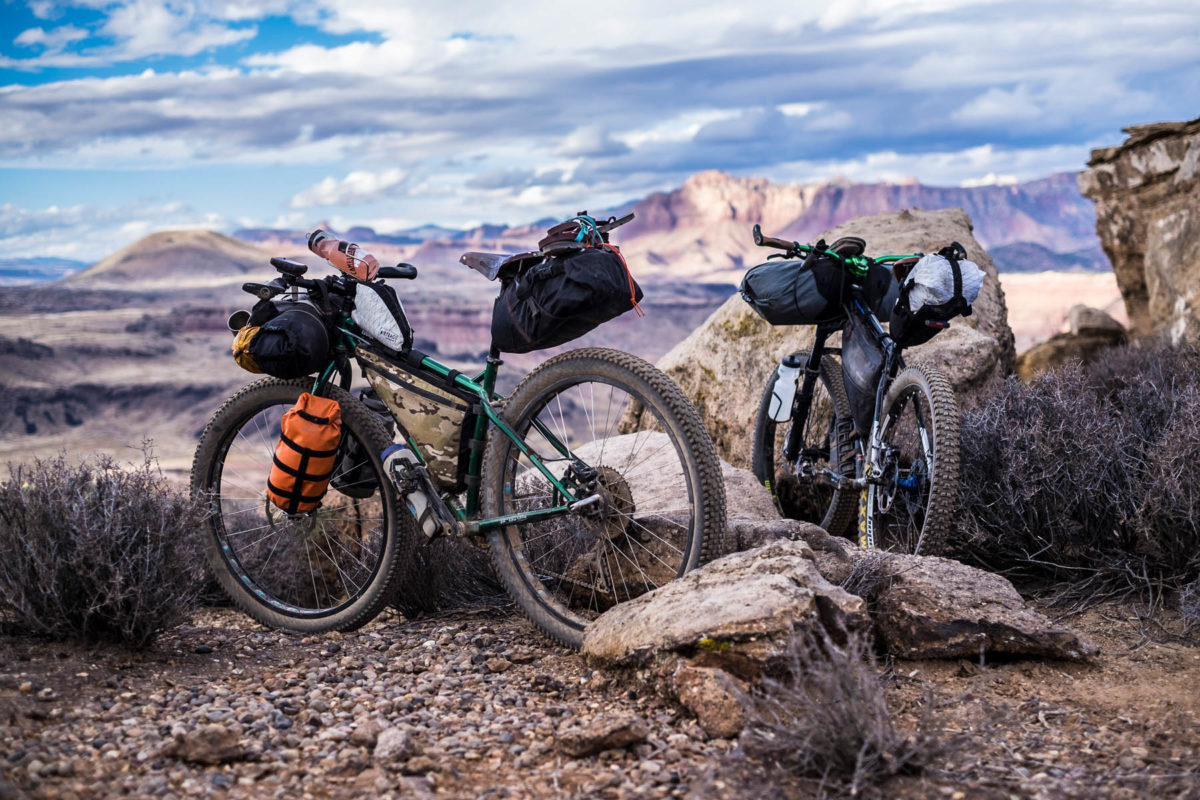
First Impressions and Set Up
The first thing I thought when I grabbed this tire out of the box was, “holy smokes, this thing feels heavy.” Before receiving the TCS Tough/Fast Ranger, I had been running a TCS/Light as a rear tire on my Krampus for several months. At 1145 grams (1140g claimed weight), the Tough/Fast Ranger packs on almost 250 grams (nearly half a pound per tire) over the Light/Fast version I’d been accustomed to. WTB has really pushed the Tough casing toward the Bikepacking crowd, which makes sense if you’re not racing and reliability is king. Weight weenies be warned.
I’ve been running the stock Rabbit Hole wheelset on my Krampus for a few years now, set up tubeless using Gorilla Tape. The Rabbit Hole rims have a 44.5mm internal width, barely squeaking in at the upper limit of WTB’s recommendation of 35-45mm. I’ve had tires from about half a dozen manufacturers set up tubeless on these wheels. Some have aired up with nothing but a floor pump, others have needed to get hit with the compressor at the shop, but none have given me too much of a fuss. This time was different.
After many failed attempts at getting these tires aired up with my floor pump (to the amusement of all my neighbors, I’m sure), I took it to the pros. Usually, if I bring a stubborn tubeless setup to my mechanics, they’ll hit it with the compressor and I’m out the door two minutes later. After about ten minutes of trying, my mechanic shooed me away and asked me to come back in a few hours. Apparently things didn’t go well while I was gone; on my ticket I was charged for, “the worst tubeless experience of my rather long and storied career.”
I have a feeling that this was a somewhat isolated experience, however. As I mentioned, I had been running a Light/Fast Ranger on the exact same wheelset without any issues. I’ve talked to many folks who use and love the Rangers, and not one has complained about issues with setting them up tubeless. Thankfully, in my experience, they’ve been rock solid since I finally got them seated.

Performance
So, after all that, how did the Rangers do in real life? At that time I’d been running the Ranger TCS Light as a rear tire, my trusty Maxxis Chronicle was on duty up front, which I loved for its aggressive, squared-off profile and low-drag center strip. I was honestly a little hesitant to swap it out with this uber-round, petitely knobbed Ranger. I already knew the Ranger was a capable rear tire, but was skeptical about its performance up front. I was expecting noticeably less cornering stability on my first ride with the Rangers set up on both wheels, but to my surprise, the Rangers were at least as stable in hard corners as the Chronicles. What’s more, they minimized some of the low-pressure self-steering I’d begun to notice with the Chronicles, especially on pavement. The Ranger’s super-round profile kept things pointed in the right direction and only at sub-optimal pressures did I get even a hint of self-steering.
The real test for these tires came during a trip out to Gooseberry Mesa and the surrounding areas of Hurricane, Utah. A friend and I drove out for a long weekend, mixing trail riding and loaded bikepacking on the area’s unique and challenging trails. The tires performed exactly how they’re supposed to, gripping like crazy on slickrock, floating through sand, and eating up chunk with no issues. I got plenty of strange looks and curious questions about riding a rigid bike on such demanding trails, but the Rangers did a fine job of keeping things smooth for me.
I remember one moment in particular when I was riding up a super steep section of slickrock and my rear tire spun out on me. I recall it because it took me completely by surprise. My tires had been so glued to the rock all day that I’d forgotten spinning out was an option. The Rangers have performed equally well on my local trails in San Diego. Quick when they need to be and sticky on steep or loose junk. Overall, they’re a tire you can just forget about.
After several months of riding, the tread and sidewalls are still in great shape. After a similar amount of time on the Light/Fast version of the tire, I was experiencing noticeable sidewall and bead sealant weeping, a common issue with thinner-walled tires. These thicker, tougher casings haven’t shown and signs of weeping yet. It looks like these will last for many, many more miles.
A long Distance Perspective
by Cass Gilbert
Speaking from a long-distance, dirt road perspective, I’ve had very good experiences with WTB’s Ranger Toughs in both 29x3in and 27.5x3in flavors. Their sidewalls have proved resilient to my overloaded bike barreling down rocky roads, which is just what you want when you’re far from home. The tires roll well, without even a hint of the self steer you can sometimes feel with plus tires. They corner nicely too, breaking away very predictably. Unlike Weston, I haven’t had any issues mounting them, at least to WTB’s Scraper i40 and i45 rims. I’ve even successfully fit them with a Lezyne Micro Floor Drive HV. In fact, of all the tires I’ve tried – and four of us took a set each to Peru last year without so much as a flat – only a 27.5×2.8in Ranger got the better of me, even with a Lezyne Pressure Overdrive. Its stubbornness to inflate tubeless meant I had to fit an inner tube first and leave it a day to find its shape.
In terms of durability, I consider the Rangers to be good, but not the best. By the end of a couple of months of hard riding in South America, the tread pattern had worn noticeably and the sidewalls had begun to weep a little, though there was still plenty of life in them for local trails and commutes. Although I’m sure I could have eeked more touring miles out of them had I needed to, my overall impression is that Maxxis Chronicles last longer. Then again, Chronicles are also a more expensive tire. For around $70, which I consider good value in the Plus tire world, the Rangers have given me little cause for complaint; they’ve proved their worth and are now my go-to bikepacking tire.

Pros
- Durable and reliable
- Fast rolling and low resistance
- Minimal self-steering
- Excellent traction in dry and hard pack conditions
Cons
- Heavy
- Potentially problematic when setting up tubeless
- Not ideal for muddy conditions
- Model Tested 29×3.0 TCS Tough/Fast + Light/Fast
- Weight (29×3.0 TCS Tough/Fast) 1145 grams per tire
- Place of Manufacture Taiwan
- Width (on Scraper i45 rims) 73.6mm at casing / 76mm at knobs
- Price ~$76.95
- Manufacturer’s Details Link
Buy from/support your LBS. If you can’t, check Amazon 29×3.0 27.5×3.0
Wrap Up
Despite my earlier complaints about the WTB Rangers Tough being heavy, hard to seat, and so forth, the truth is I would buy these tires again. I think the tubeless issue is probably not consistent to other users, and as a heavier rider I’m okay with some extra grams if it keeps me safe when I’m out riding off the beaten path. Although I haven’t had the opportunity to test these tires in much mud, or any loam, they’ve shined bright in every circumstance I’ve thrown at them. The Ranger is a great tire that just does what it’s supposed to do, letting you simply focus on riding, which is really all you can ask for.
Editor’s note: The TCS Light version of this tire was new and relatively untested at the time of our Kyrgyzstan trip. I took it anyways. After a lot of miles over rocky terrain, I had nary a flat. But, as Weston mentioned, there was some sidewall weeping (in the light casing). Ultimately, after using the 3.0s on multiple bikes, I have been impressed with the fast rolling tread and cornering performance of the WTB Ranger. To speak to its handling in wet and loamy conditions, I ran a pair on the Deadwood SUS, which I put a lot of miles on in Pisgah National Forest. Pisgah is known for it’s slippery roots and muddy conditions, and I was not let down by the Rangers. There are certainly more ‘Pisgah-friendly’ plus tires, such as the Rekon+ and DHF, but with three full inches of tread, traction wasn’t much of an issue and the Ranger stood up to the challenge surprisingly well. – Logan Watts
Please keep the conversation civil, constructive, and inclusive, or your comment will be removed.







